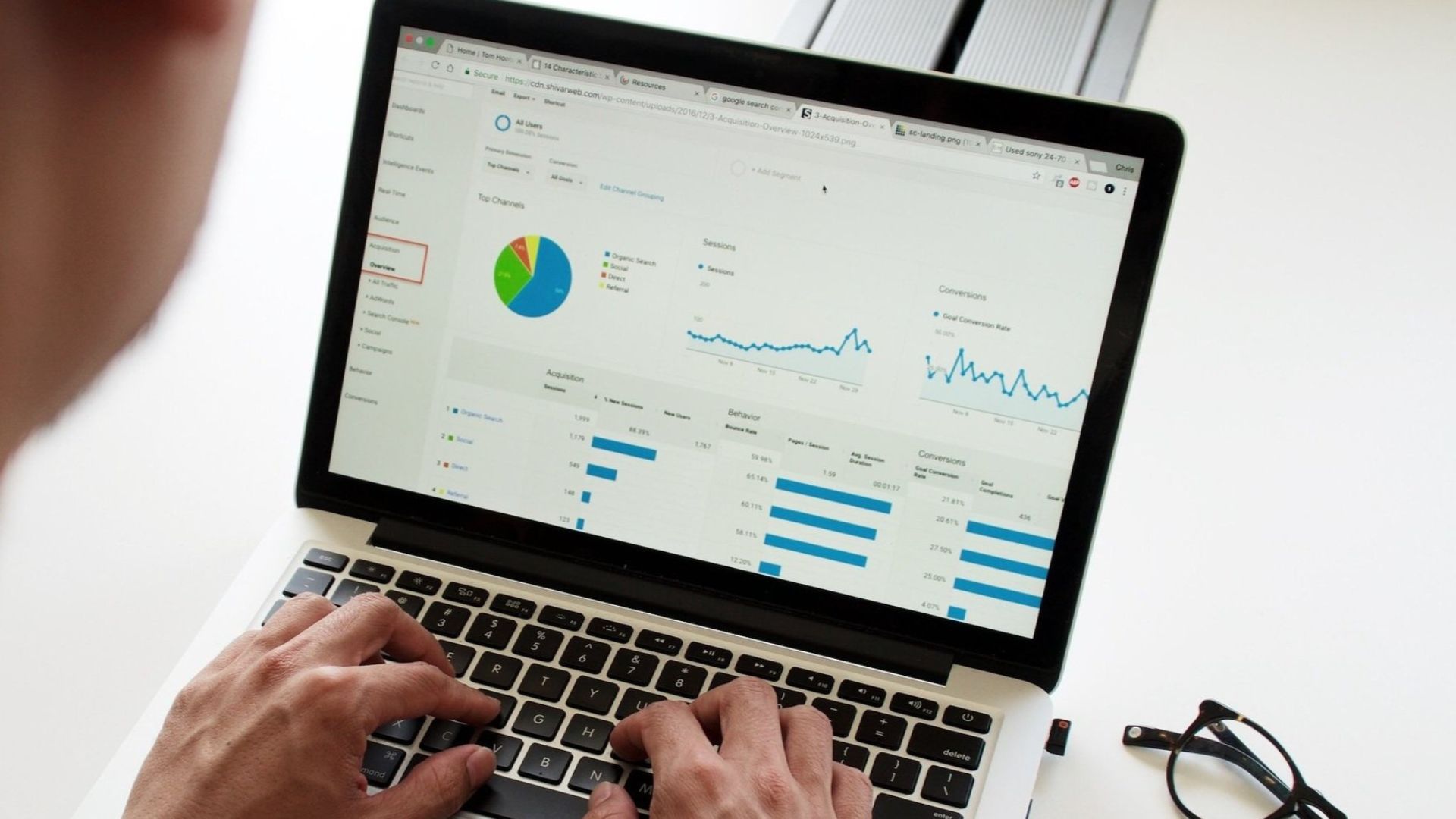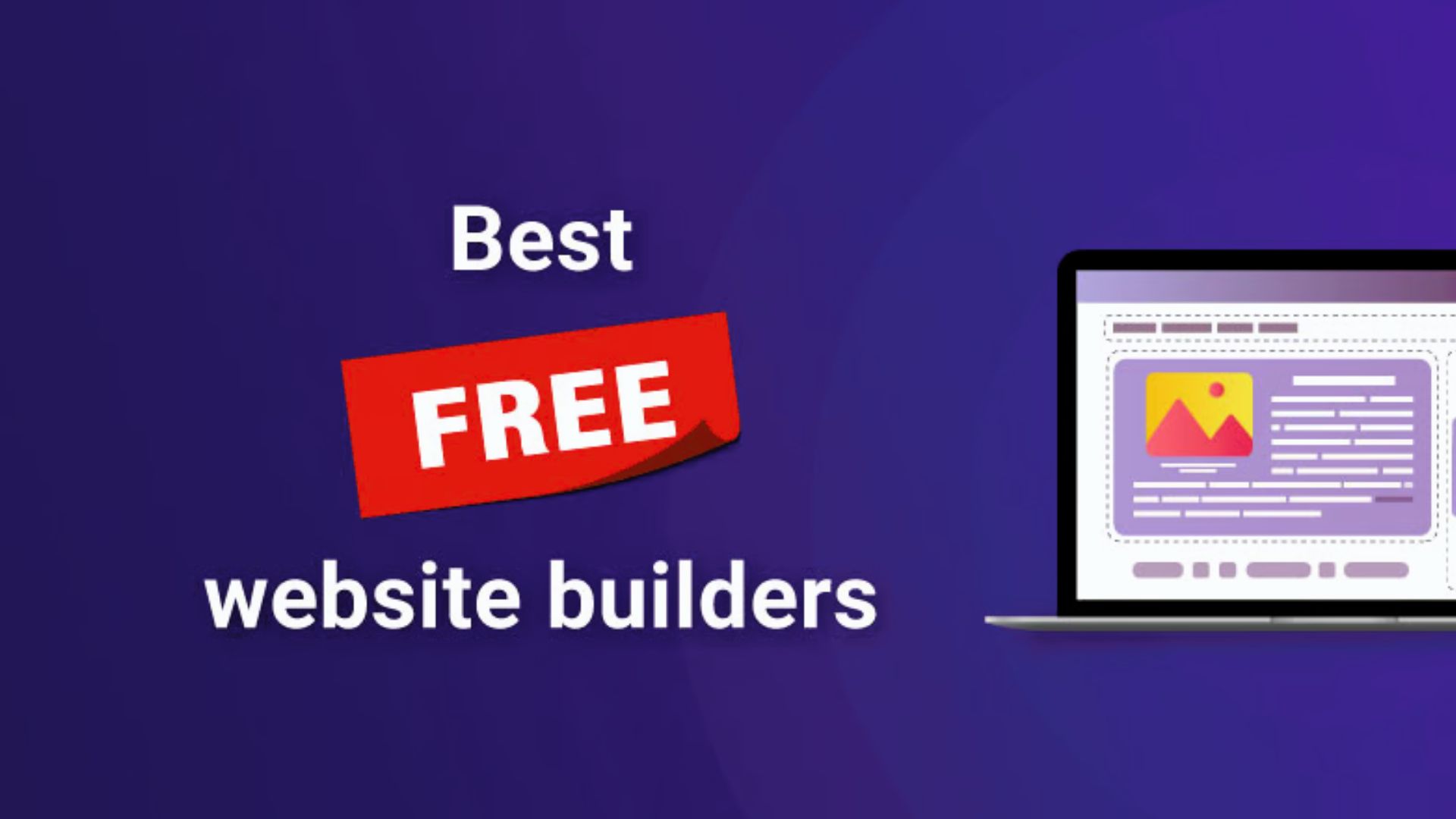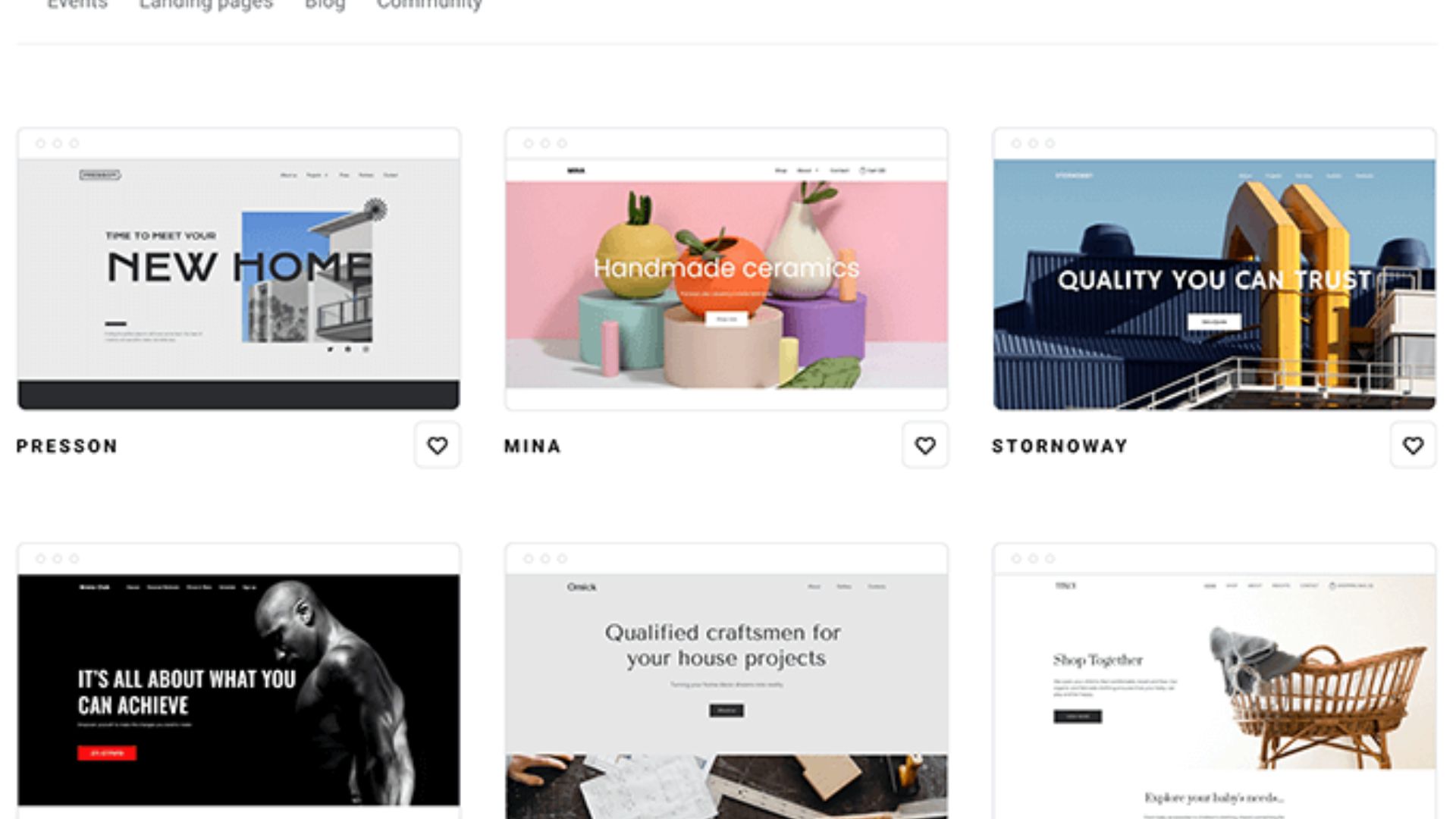Animation plays a significant role in enhancing web design and boosting user engagement. Here are some key reasons why animation is valuable in web design:
- Capturing Attention: Animated elements, such as moving images or interactive visuals, attract users’ attention immediately. By incorporating subtle or eye-catching animations, web designers can guide users’ focus to specific areas, important information, or calls to action, improving overall engagement and interaction.
- Storytelling and Narrative: Animation enables web designers to convey stories or messages effectively. Animations can be used to illustrate processes, demonstrate product features, or present complex information in a more engaging and understandable way. By bringing content to life, animations help users connect with the information being presented.
- Visual Appeal and Delight: Well-executed animations can add a touch of visual appeal and delight to a website. They can make the website more dynamic and interactive, creating a positive user experience. Engaging animations that seamlessly blend with the overall design can leave a lasting impression on users, encouraging them to explore further and spend more time on the website.
- User Guidance and Feedback: Animation can be utilized to provide users with guidance and feedback during their interactions. For instance, animated tooltips can offer instructions or explanations, guiding users on how to navigate or use specific features. Feedback animations, such as button hover effects or form validation animations, provide real-time and visual cues that reassure users about their actions.
- Microinteractions: Microinteractions are subtle animations that occur in response to user actions, such as button clicks or form submissions. These small animations can create a sense of responsiveness and interactivity, making the user experience more enjoyable and satisfying. Microinteractions add a level of sophistication and polish to a website’s design.
- Visual Hierarchy and Flow: Animation can help establish visual hierarchy and guide users’ attention through the flow of a website. Smoothly animated transitions between sections or pages can improve user navigation, keeping them engaged and providing a sense of continuity. Well-designed animations ensure that users can easily understand the structure of the website and find desired content.
- Mobile-Friendliness: With the increasing use of mobile devices, animation can enhance the mobile experience by making interactions more intuitive and enjoyable. Animation helps simplify complex actions, minimize user effort, and provide responsive feedback on touch-based devices.
It’s important to note that when incorporating animation in web design, it should be used purposefully and appropriately. Animation should not be overwhelming or hinder the usability of the website. It’s crucial to strike a balance between aesthetics, usability, and performance to ensure an optimal user experience.
In summary, animation enhances web design by capturing attention, conveying stories, adding visual appeal, providing guidance and feedback, and improving user navigation. Well-executed animations contribute to user engagement, delight, and a positive overall experience on the website.










